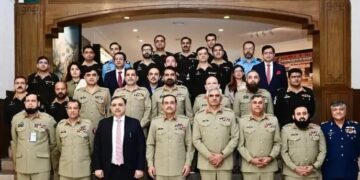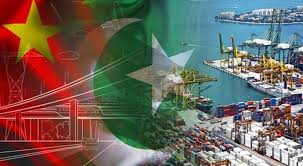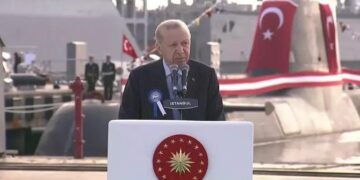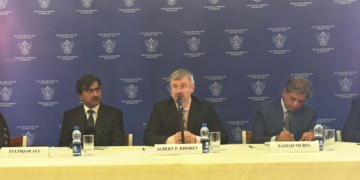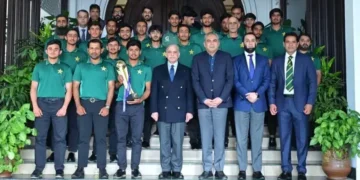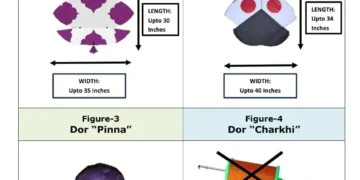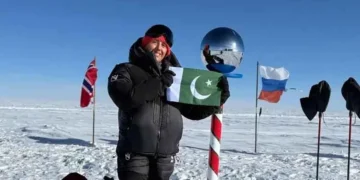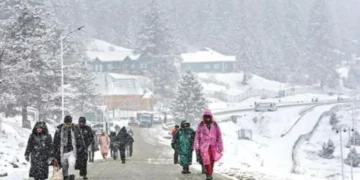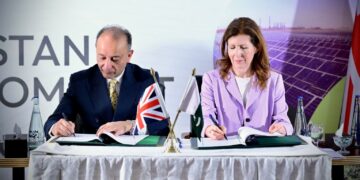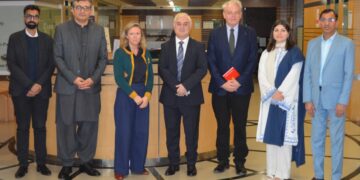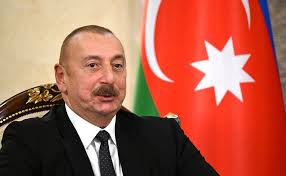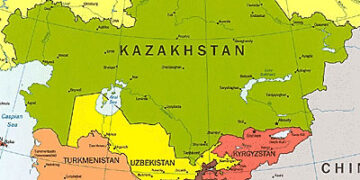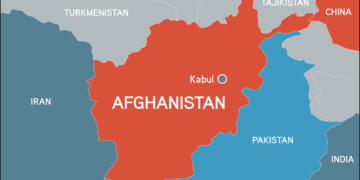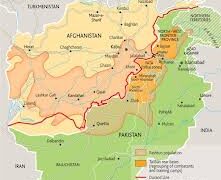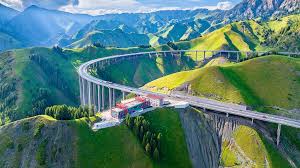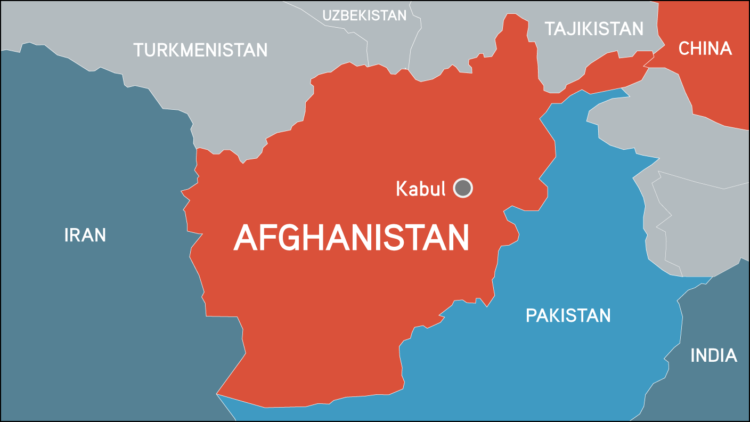By Aslam Dogar
Afghanistan did not emerge from any ancient glory — it was a geopolitical creation by British and Russian empires who needed a buffer zone between their territories. The country’s borders were drawn in 1893 under Amir Abdur Rahman Khan, while its so-called independence was recognized in 1921 during King Amanullah Khan’s rule, following the Treaty of Rawalpindi.
Before Abdur Rahman, there was no country by the name of Afghanistan. The land we now call Afghanistan was once part of Greater Khorasan — a region ruled over the centuries by the Ghaznavids, Timurids, Safavids, Mughals, and Samanids. These civilizations collectively shaped the heritage of modern Iran, Central Asia, and northern India.
The word “Afghanistan” appeared only on a few medieval maps, referring to a small area around the Sulaiman Mountains — now part of Pakistan — not as a nation or state.
After 1880, Afghan rulers began promoting ethnic nationalism. Under Amir Habibullah, it became an ideology; under Amanullah, a state doctrine; and during the reigns of Nadir Shah and Zahir Shah, it turned into an institutional identity. A myth-making process began — glorifying a select ethnic lineage while erasing others — marking what historians call the “Afghanization of Khorasan.”
In the 1930s, influenced by Nazi Germany’s Aryan theories, Afghan elites sought to rewrite history. After Prime Minister Hashim Khan’s 1936 visit to Germany, Kabul established the “Ariana Historical Society,” declaring “Ariana” as Afghanistan’s ancient name — a notion inspired by racial nationalism in Germany and Turkey.
Historian Ali Ahmad Kohzad later revived the idea of “Ariana” as the “ancient land of Afghans.” But in reality, this myth originated from British Orientalists like H. W. Bellew (The Races of Afghanistan, 1880), H. H. Wilson (Ariana Antiqua, 1841), and others who misinterpreted ancient Greek geographers such as Strabo and Ptolemy.
In truth, Strabo’s “Ariana” described a vast region stretching from the Indus River to Persia — encompassing modern Iran, Pakistan, and parts of Central Asia — and no ancient text ever mentioned a place called “Afghanistan.” Even British diplomat Mountstuart Elphinstone wrote in 1815 that, “Afghanistan is a Persian term used by outsiders; the locals call their land Khorasan.”
Thus, both “Ariana” and “Afghanistan” are modern political constructs — not ancient nations. The Afghan monarchy, along with its European advisers, created a mythic past to legitimize a colonial invention.
As Aslam Dogar concludes:
“The truth can never stay hidden behind walls of lies and politics. Just as sunlight finds its way through a window, so too does reality eventually reveal itself.”


